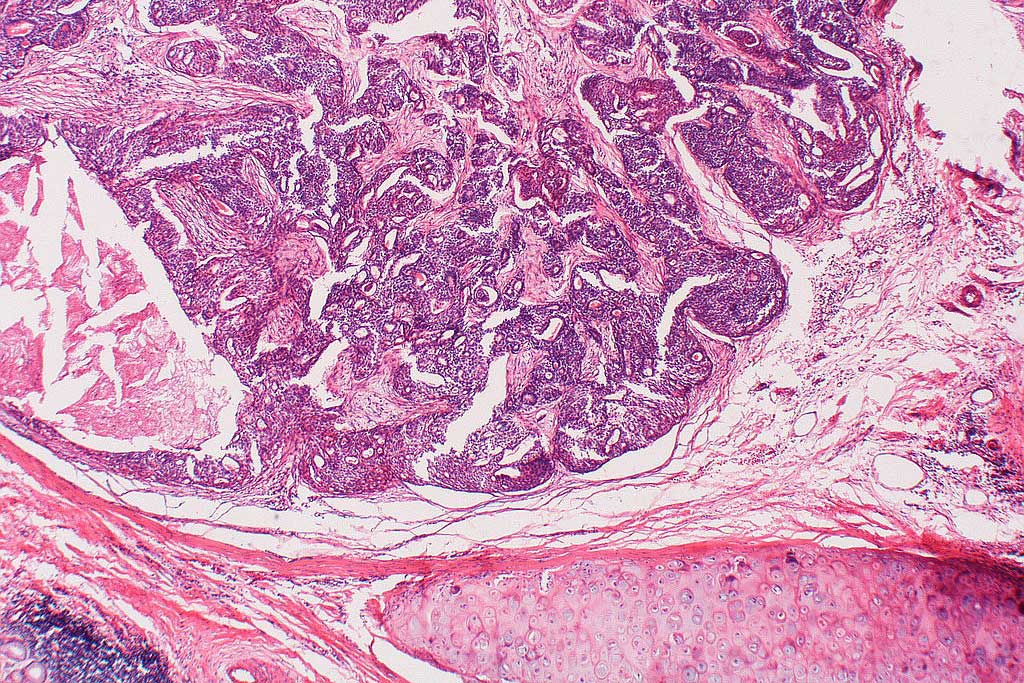
How a tumor grows can help researchers predict how it will respond to therapy
Individual tumors respond in different ways to cancer drugs. Until now, it remained a mystery why tumors have different reactions to the same treatment.
Now a new study at the USC Viterbi School of Engineering sheds light on a tumor’s growth and how it may respond to therapy.
Identifying a measurement or quantity that predicts how specific tumors will respond, called a predictive biomarker, “is extremely valuable to cancer research,” said Stacey Finley, a USC assistant professor of biomedical engineering and co-author of the study. Finley, a Gordon S. Marshall Early Career Chair, is also a faculty member at the USC Michelson Center for Convergent Bioscience.
Tumors exploit a biological process called angiogenesis — the formation of new blood vessels from pre-existing ones. To grow and multiply, tumors source nutrients delivered by this new vasculature. But tumor growth will slow down if proteins like vascular endothelial growth factor (VEGF), an angiogenesis promoter, are stopped.
The researchers used a computational model of tumor-bearing mice to investigate a response to VEGF-inhibiting drugs and how this response is affected by tumor development. The model showed that certain properties of tumor growth help predict whether drug therapy will thwart tumor expansion.
Finley’s team found that certain parameters about the way the tumor grows could successfully and accurately predict the response to anti-angiogenic treatment that inhibits VEGF signaling in the mouse. Using the characteristics of the tumor’s growth, the team could predict how effective the anti-angiogenic therapy would be or whether the tumor’s growth will slow down, even before treatment begins, she explained.
Next step
The next step in the research includes a mathematical model to simulate a virtual population of mice randomly assigned different tumor growth parameters. The model will mimic tumor growth with and without drug therapy and predict how mice might respond to drug therapy (resulting in slower tumor growth). The researchers will also use experimental data to validate the model’s predictions.
The study received funding from the National Science Foundation. The USC Provost’s Office also provided support in the form of an Undergraduate Research Fellowship granted to the study’s lead author, Thomas Gaddy.
Co-authors include Qianhui Wu and Alyssa Arnheim. The research, titled “Mechanistic modeling quantifies the influence of tumor growth kinetics on the response to anti-angiogenic treatment,” is available online.